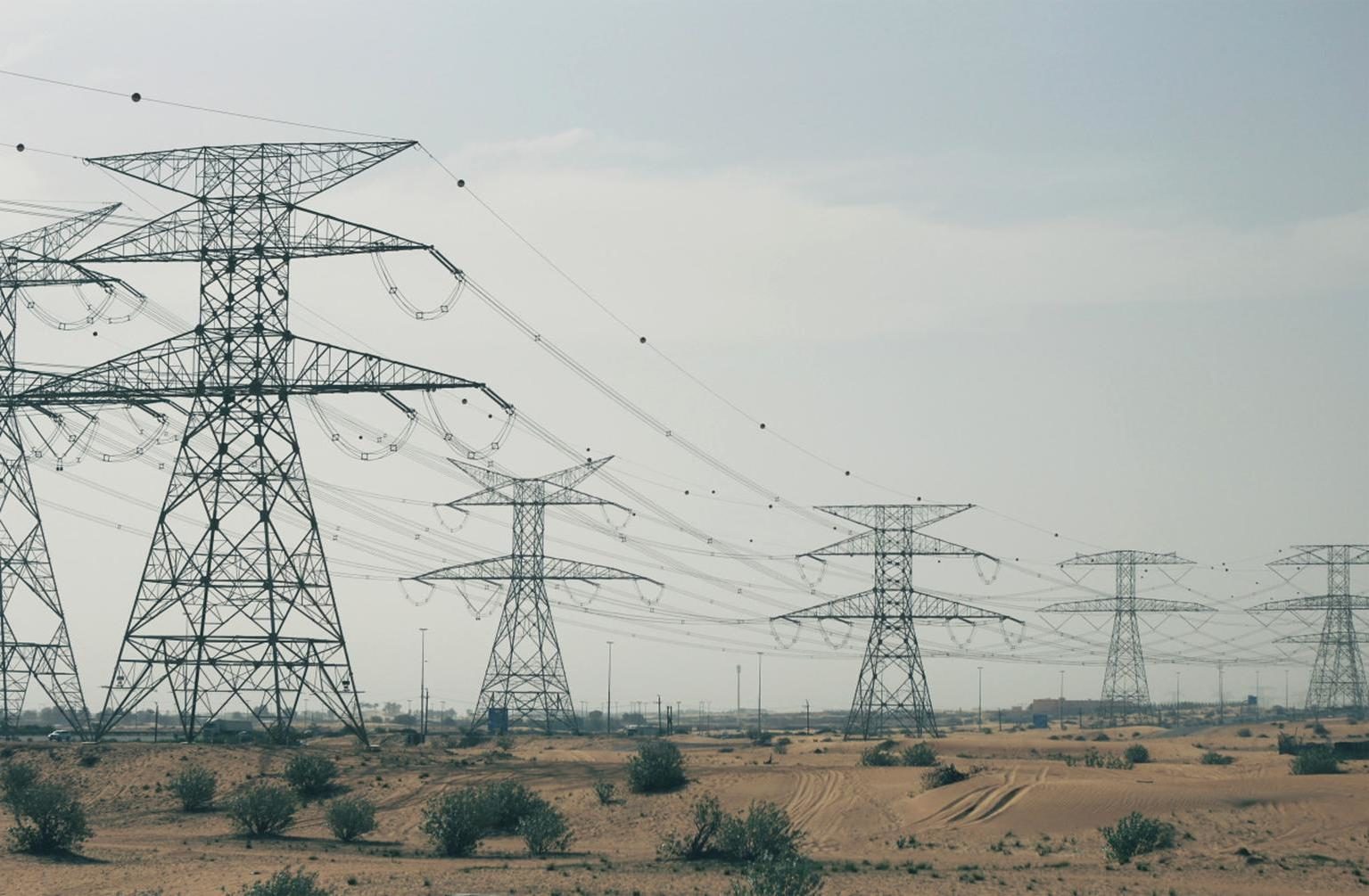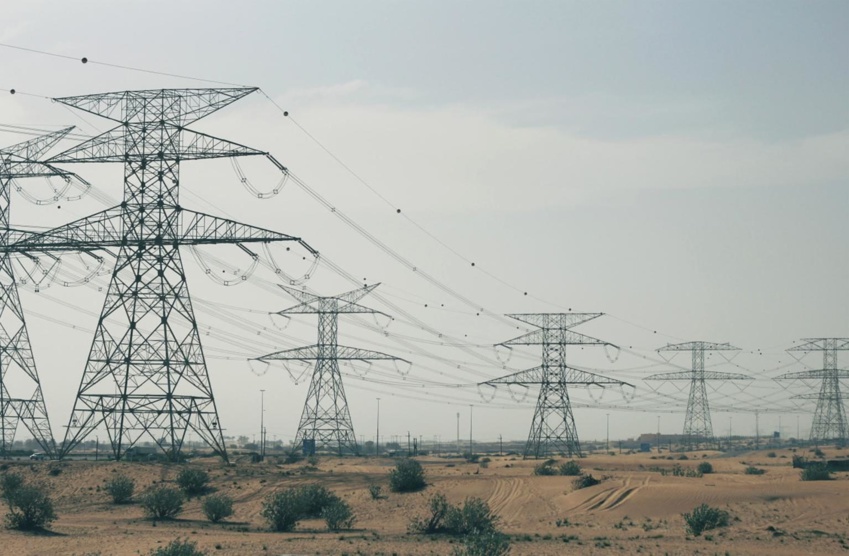According to the International Energy Agency (IEG) and the US Energy Information Administration, by 2040 global energy consumption is expected to surge by more than 28%. Unless energy production methods improve significantly, the health of our planet is at risk.
To this end, the Nafion™ ion exchange membrane provides a clean solution for power generation, with water as the only by-product of the process.
Fuel cells, another application of Nafion™ membranes, convert hydrogen into electricity, supplementing the intermittent power generated by renewables, a popular alternative to energy sources based on on carbon. But relying on new sources of power generation is only part of the equation – storage and the distribution of excess energy have to be developed in order to support the heavier loads of industries, businesses and consumers.
Chemours explores strategies to facilitate more efficient energy storage and management by supporting large-scale energy networks with flow batteries. These storage units use membrane technology, which helps the grid system to efficiently match supply and demand.
Current and future smart cities and grids will also use the Internet of Things (IoT) to monitor energy consumption.
With the world increasing its focus on clean energy as a way to reduce the impact of greenhouse gas emissions on the planet. Renewable energy from using wind and solar energy sources or producing hydrogen, while less harmful to the environment, carries other risks.
Solar and wind energy production depends on constant availability, and hydrogen production remains inefficient and expensive.
Nafion™ ion exchange membranes, dispersion membranes and resins play an important role in three transformational areas of the clean energy industry that address the following challenges:
To this end, the Nafion™ ion exchange membrane provides a clean solution for power generation, with water as the only by-product of the process.
Fuel cells, another application of Nafion™ membranes, convert hydrogen into electricity, supplementing the intermittent power generated by renewables, a popular alternative to energy sources based on on carbon. But relying on new sources of power generation is only part of the equation – storage and the distribution of excess energy have to be developed in order to support the heavier loads of industries, businesses and consumers.
Chemours explores strategies to facilitate more efficient energy storage and management by supporting large-scale energy networks with flow batteries. These storage units use membrane technology, which helps the grid system to efficiently match supply and demand.
Current and future smart cities and grids will also use the Internet of Things (IoT) to monitor energy consumption.
With the world increasing its focus on clean energy as a way to reduce the impact of greenhouse gas emissions on the planet. Renewable energy from using wind and solar energy sources or producing hydrogen, while less harmful to the environment, carries other risks.
Solar and wind energy production depends on constant availability, and hydrogen production remains inefficient and expensive.
Nafion™ ion exchange membranes, dispersion membranes and resins play an important role in three transformational areas of the clean energy industry that address the following challenges:
- fuel cells,
- hydrogen production
- energy storage
Fuel Cells
A fuel cell or electrochemical cell uses an electrochemical reaction to convert the chemical energy of a fuel (usually hydrogen and oxygen) into electricity. Engineers and designers specify the use of Nafion™ membranes because of their thickness, electrical conductivity, strength and chemical resistance.
Hydrogen Production
The growing demand for clean energy has drawn attention to hydrogen production. The innovators envision a society that uses hydrogen to power heating, power cars, and store and transport energy. While these hydrogen fuel cells are a promising clean fuel target, current production methods that rely on fossil fuels produce greenhouse gas emissions, which contribute to climate change.
Hydrogen generated by electrolysis of water is a sustainable alternative. The use of Nafion™ ion exchange membranes in electrochemical cells provides an environmentally safe way to generate large amounts of hydrogen without releasing carbon dioxide. Nafion™ membranes for water chlorine allow:
- Reduce production disruptions
- Maintain consistently higher outputs
- Promote an environmentally sustainable solution to hydrogen production
Energy Storage solutions
As population, energy consumption rates and available renewable energy increase, the need for reliable energy storage will also increase. Utilities store energy in flow batteries for distribution during peak demand times, helping to stabilize the flow of energy from existing grids and balance the variable nature of renewables.
Flow batteries using Nafion™ membranes provide safe, economical and durable storage solutions. The strength and thickness of Nafion™ films can improve the performance of flow batteries used in large-scale energy storage.
Since the electrochemical cell can function as a fuel cell or a rechargeable battery, the Nafion™ membrane allows the cell to maintain important properties during the continuous power generation cycle. Creative energy production, storage and distribution can influence the advancement of other industries.
Manufacturers will produce more electric and hydrogen vehicles when these fuel sources are readily available and affordable. More and more smart cities will rely on networks and meters to automate efficient usage. The power of chemistry will advance these and many more in the energy industry, while working to minimize its environmental impact.
As population, energy consumption rates and available renewable energy increase, the need for reliable energy storage will also increase. Utilities store energy in flow batteries for distribution during peak demand times, helping to stabilize the flow of energy from existing grids and balance the variable nature of renewables.
Flow batteries using Nafion™ membranes provide safe, economical and durable storage solutions. The strength and thickness of Nafion™ films can improve the performance of flow batteries used in large-scale energy storage.
Since the electrochemical cell can function as a fuel cell or a rechargeable battery, the Nafion™ membrane allows the cell to maintain important properties during the continuous power generation cycle. Creative energy production, storage and distribution can influence the advancement of other industries.
Manufacturers will produce more electric and hydrogen vehicles when these fuel sources are readily available and affordable. More and more smart cities will rely on networks and meters to automate efficient usage. The power of chemistry will advance these and many more in the energy industry, while working to minimize its environmental impact.


 Renewable energy needs to be complemented by efficient distribution and storage solutions
Renewable energy needs to be complemented by efficient distribution and storage solutions





 Companies
Companies